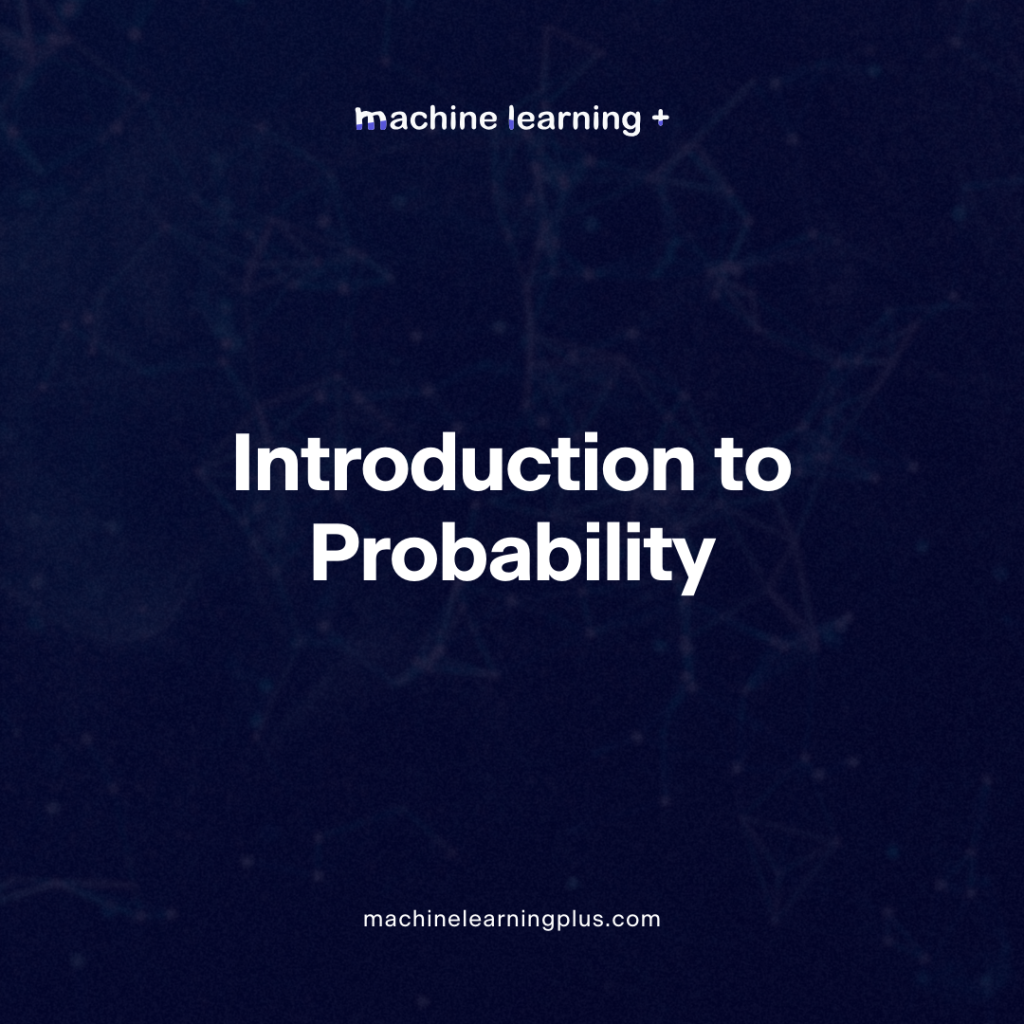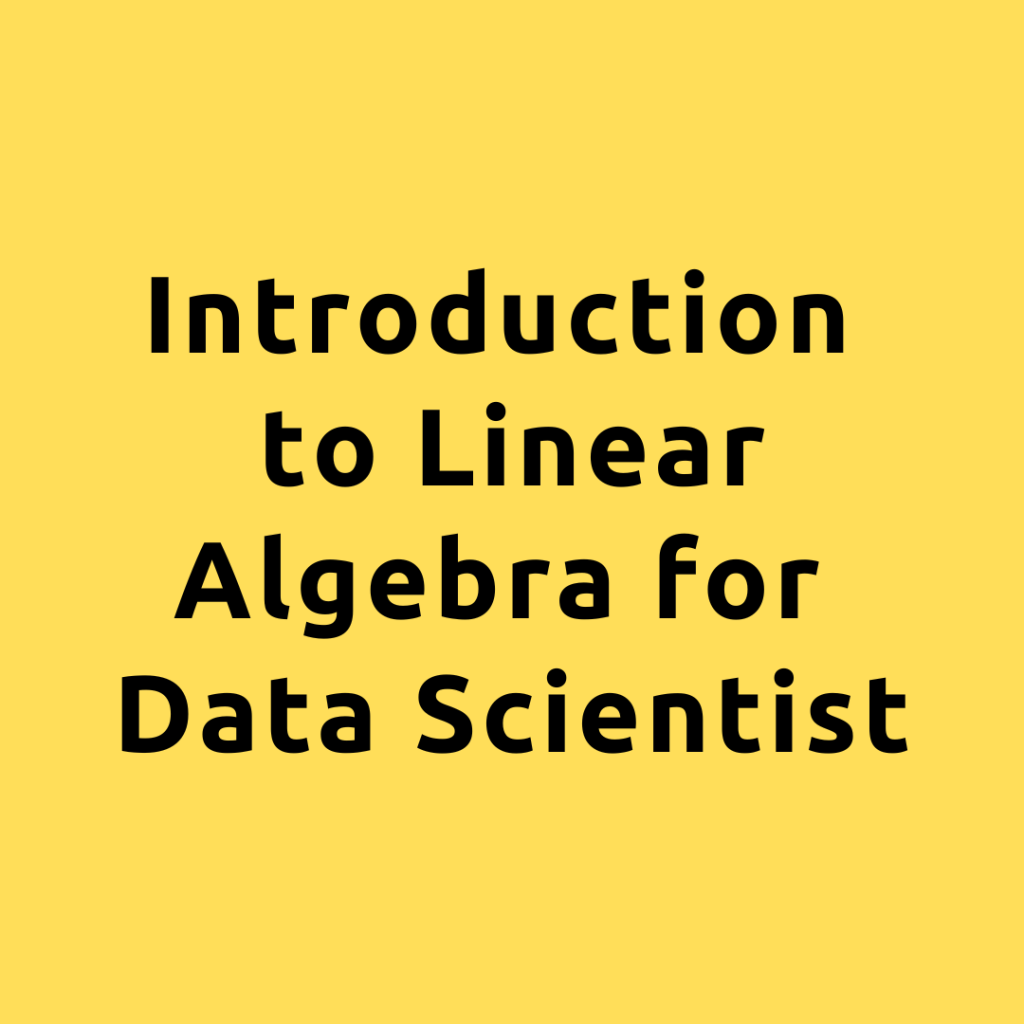Conditional Probability – Understanding Conditional Probability with Examples
Probability is a field of study that deals with the likelihood of events occurring. One of the fundamental concepts in this field is “conditional probability.” At its core, conditional probability helps us understand the probability of an event occurring given that another event has already occurred. This concept is pivotal in many real-world scenarios, from …
Conditional Probability – Understanding Conditional Probability with Examples Read More »























